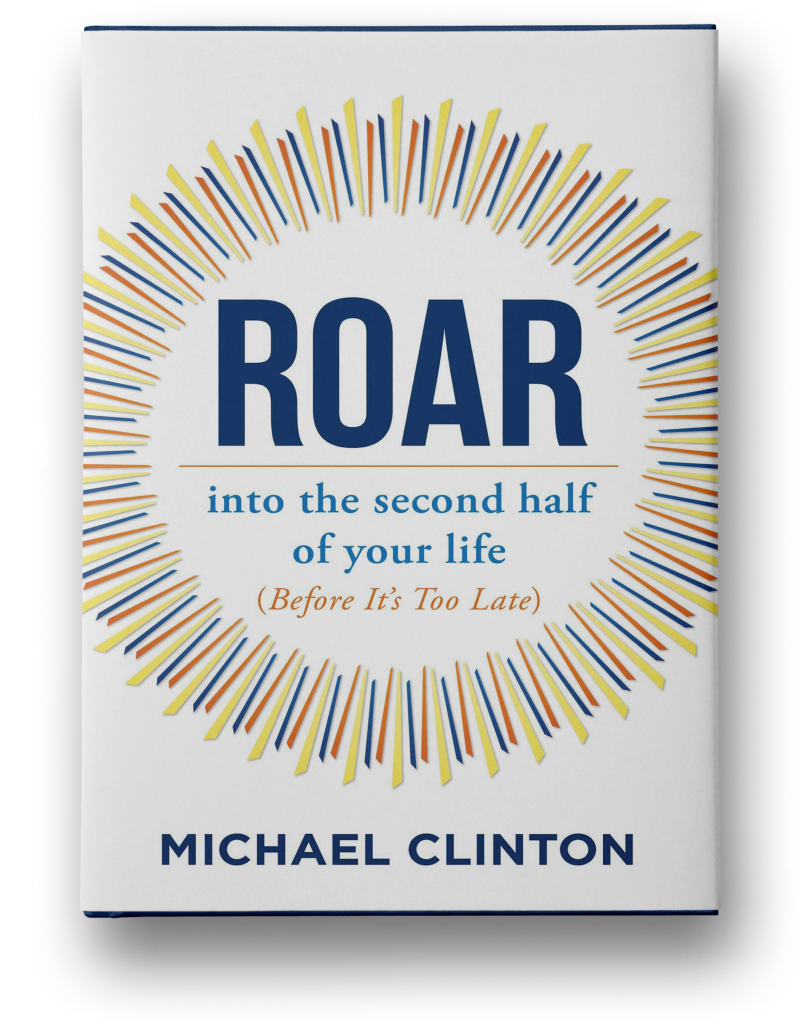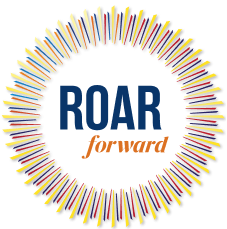By Marcela Tabares, SVP, Strategic & Cultural Insights, Ad Sales Research at A+E Networks & Tara Lantieri, Sr. Director, Primary Research, Ad Sales Strategic Insights at A+E Networks
The media and advertising industries have taken steps to become more inclusive, to represent all gender identities, races and ethnicities, sexual orientations, and abilities. The industry has acknowledged there is more work to be done in these areas.
Yet, there is a kind of diversity that hasn’t gone mainstream: age diversity.
Despite the population trends showing the country is growing grayer, despite half of consumer spending coming from the 50+ market, most of the industry remains silent when it come to aging. Every day we’re the oldest we’ve ever been. Somehow that’s still taboo. Somehow the narratives and images of older America continue to be hidden. One way, or another, we get the message that no one wants to see older people – including older people themselves.
It sounds like a good excuse for refusing to make changes, for undercutting efforts toward true inclusion.
It simply isn’t true.
It’s an outdated concept that should be dead and buried along with the idea that brand loyalty among the older set is absolute and unwavering.
We live in, and have been shaped by, an ageist culture. Confirmation bias means we’re more likely to agree with those ideas that support our beliefs, in this case, the entrenched ageist narrative that began to take root when we were as young as three or four. Advertising reflects and projects that ageist culture. Currently, there are relatively few representations – just 1-in-10 – and those that exist tend to reflect stereotypes.
We partnered with MarketCast on an AI-driven audit of approximately 20,000 ads. The findings paint a picture of life over 50 that would make most people want to turn back the clock.
Older Age According to Advertising:
Older Age Is About Maintenance
Novel, dynamic, exciting, full of possibility – that’s the picture of life advertising paints for the young. There are opportunities for self-improvement, both internal and external, from teeth whitening to online learning. Convenience and customization are marketed to jet-setting tastemakers who hold the world literally in the palm of their hand via their mobile devices. They’re building their futures, buying their first home, and making it uniquely theirs. When it comes to those 50+, oftentimes the message is, well . . . don’t bother. Life appears to shift to a dull maintenance mode, with a focus on keeping one’s health, and home, in good working order – especially the gutters. The two aren’t treated so differently – a home might need a window or a door replaced, and a person might need a hearing aid. Whether brick and mortar or skin and bone it’s more about preservation, and in instances where that isn’t possible, addressing deterioration.
Age and Beauty Are Mutually Exclusive
To that end, it is not surprising that our increasingly body-positive society is still a hostile one when it comes to physical aging. Less than 1-in-25 faces in advertising appear to be Women 50+. While ageism impacts all gender identities, women have less permission to age than men. As one of our study respondents told us, society looks at physical aging “with horror.”
The anti-aging industry has grown up out of the idea that beauty and youth are synonymous. They tend to market to women in their thirties and forties, but the fears around wrinkle accumulation are pervasive enough that the industry has impassioned consumers in their teens. Most anti-aging ads don’t feature women in their fifties or older; the implicit message is that by then it is too late. Representations in ads for makeup and hair care are also low, as though caring about one’s appearance just stops based on an arbitrary date on the calendar.
The World Gets Smaller as We Age
So, if most older people are just trying to uphold the status quo regarding health and home, and don’t exactly look good doing it, there’s got to be something to look forward to, right? Traveling the world in retirement, perhaps?
Not exactly.
Based on advertising, you’d think most people missed the boat. As we age, the boundaries of our world start closing in. Older adults are more likely to be shown on the porch (in a rocking chair?) or at the dining room table. They’re less likely to be shown at an amusement park, festival, or camping. Spots for hotels, resorts, and destinations rarely feature them.
Older People Are Unhappy
Given the limited ways older people tend to be portrayed, it’s no surprise they’re less likely to be shown as happy than their younger counterparts. We’re more likely to see confusion, disgust, and anger on the faces of those 50+—all of which are apropos when you consider that the overarching narrative is one of doom.
Older Age According to Adults 50+
The reality is brighter than adland would have you believe. Only 12% say they’re unhappy. Most embrace their age; 43% say it is better than they expected. They’re not defined by their chronological age – they define themselves.
While physical changes associated with aging – like graying hair, wrinkles, and medical conditions – are real, and should be acknowledged, 77% of adults 50+ say they don’t let age-related changes hold them back from living a full life.
When we asked our study respondents to submit images reflecting their self-perceptions, a different picture than the ad narrative emerges. They’re staying active and fit, they’re happy and having fun, and they’re pursuing their passions. They see a world of possibilities awaiting them. While they look older than they did before, that doesn’t mean they look unattractive. Multiple submissions included the image of a person silhouetted against a sunset, with their arms outstretched in an expression of victory, empowerment, and freedom.
They’re roaring into their next chapter.
And they’d like marketing to catch up.

